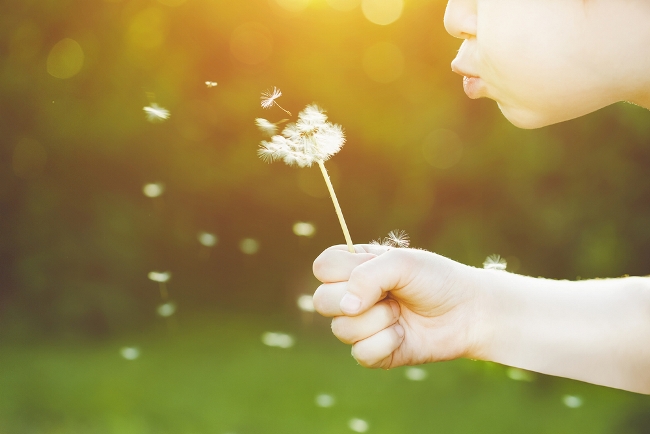This month is National Asthma and Allergy Awareness Month. How much do you know about these two conditions common among kids?
The American College of Allergy, Asthma & Immunology estimates that more than 7 million kids have asthma, while 8.4 percent of all American kids have allergic rhinitis, commonly known as hay fever.
Understanding allergies
Allergies occur when the immune system overreacts to something in the environment. There are a variety of allergies, including those caused by contact with certain foods, insects, pets, medications and latex.
Here, we’ll focus on allergic rhinitis, which is among the leading chronic illnesses among Americans. Allergic rhinitis comes in two forms: seasonal and perennial.
- Seasonal rhinitis can occur in the spring, summer or early fall. These allergies are typically caused by a sensitivity to mold spores in the air or pollens from blooming grass, trees and weeds. That’s why you often hear about spring allergies, which occur when everything is turning green and blossoming in the warmth of the season.
- Perennial rhinitis causes symptoms year-round. These allergies are typically triggered by dust mites, mold, cockroaches, or pet hair and dander.
If your child has one or both of these types of rhinitis, he or she may experience a runny nose, itchy eyes, mouth or skin, sneezing, or a stuffy nose. Fortunately, there are some steps you can take to help minimize your child’s symptoms:
- Keep windows closed when the pollen count is high, and run the air conditioning instead. Typically, you can find the pollen count as part of the weather forecast.
- Use “mite-proof” bedding to limit exposure to dust mites. A dehumidifier can help control mold in your home.
- Have your child wash his or her hands after petting animals, particularly if they’ve been outdoors and exposed to pollen.
If your child’s allergies seem particularly bad, talk with his or her doctor about over-the-counter and prescription remedies, including antihistamines and immunotherapy.
Understanding asthma
Asthma affects the windpipe, which carries air in and out of the lungs, causing the airways to tighten and swell. There are two types of asthma: allergic and nonallergic.
- Allergic asthma is triggered by an allergen, such as pollen or mold.
- Nonallergic asthma can be caused by stress, exercise, an illness, or exposure to weather changes, air irritants or certain medications. Exercise-induced asthma is particularly common in children.
If your child has asthma, he or she may experience coughing, shortness of breath, tightness in the chest, or wheezing, a whistling sound that occurs when exhaling. Those with asthma frequently feel as if they can’t get air during an asthma attack.
Treatment for asthma is multifaceted. Your child’s doctor will first encourage you to limit your child’s exposure to triggers and ask that you monitor asthma symptoms. Along with avoidance, he or she will also likely prescribe preventive medication and medications to use during an active attack.
Is your child one of millions with allergies or asthma? A pediatrician can help manage the conditions. Don’t have one? Find one here.







